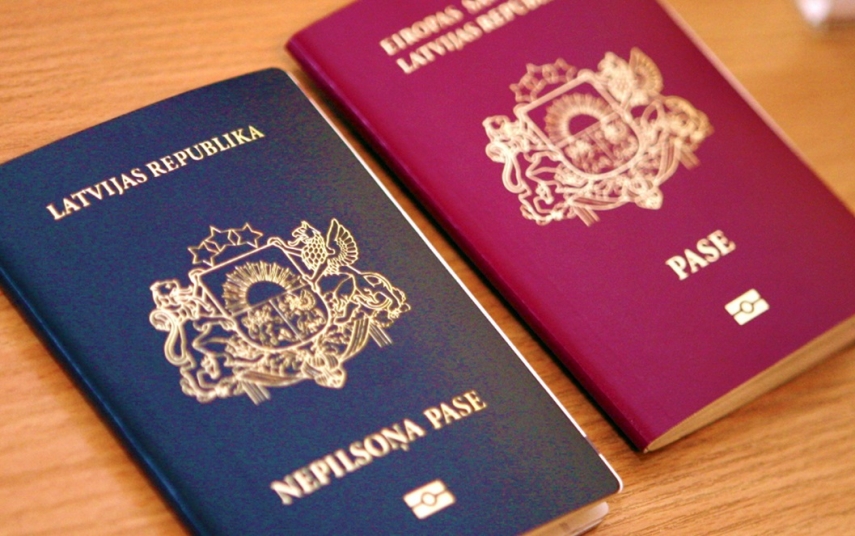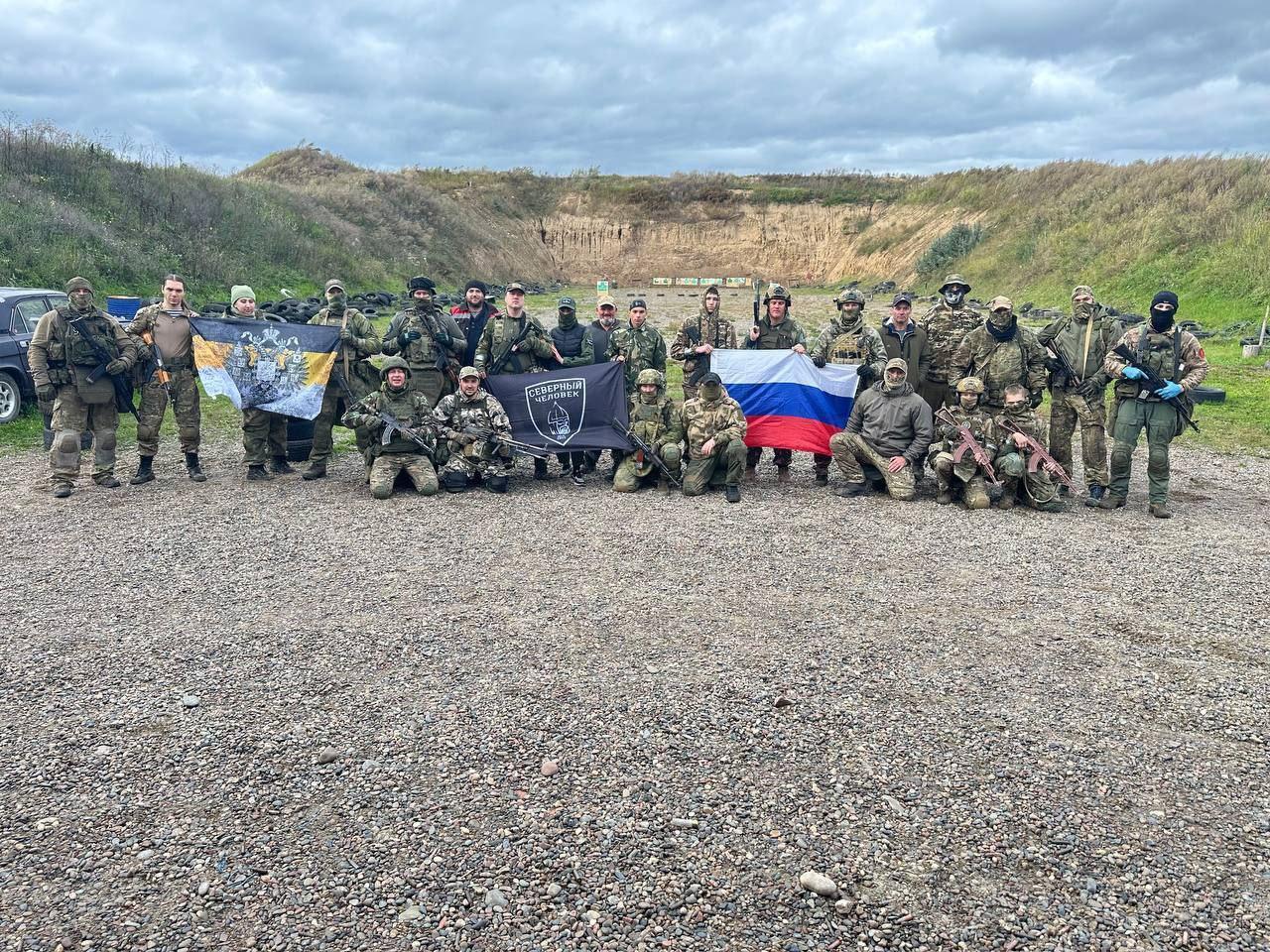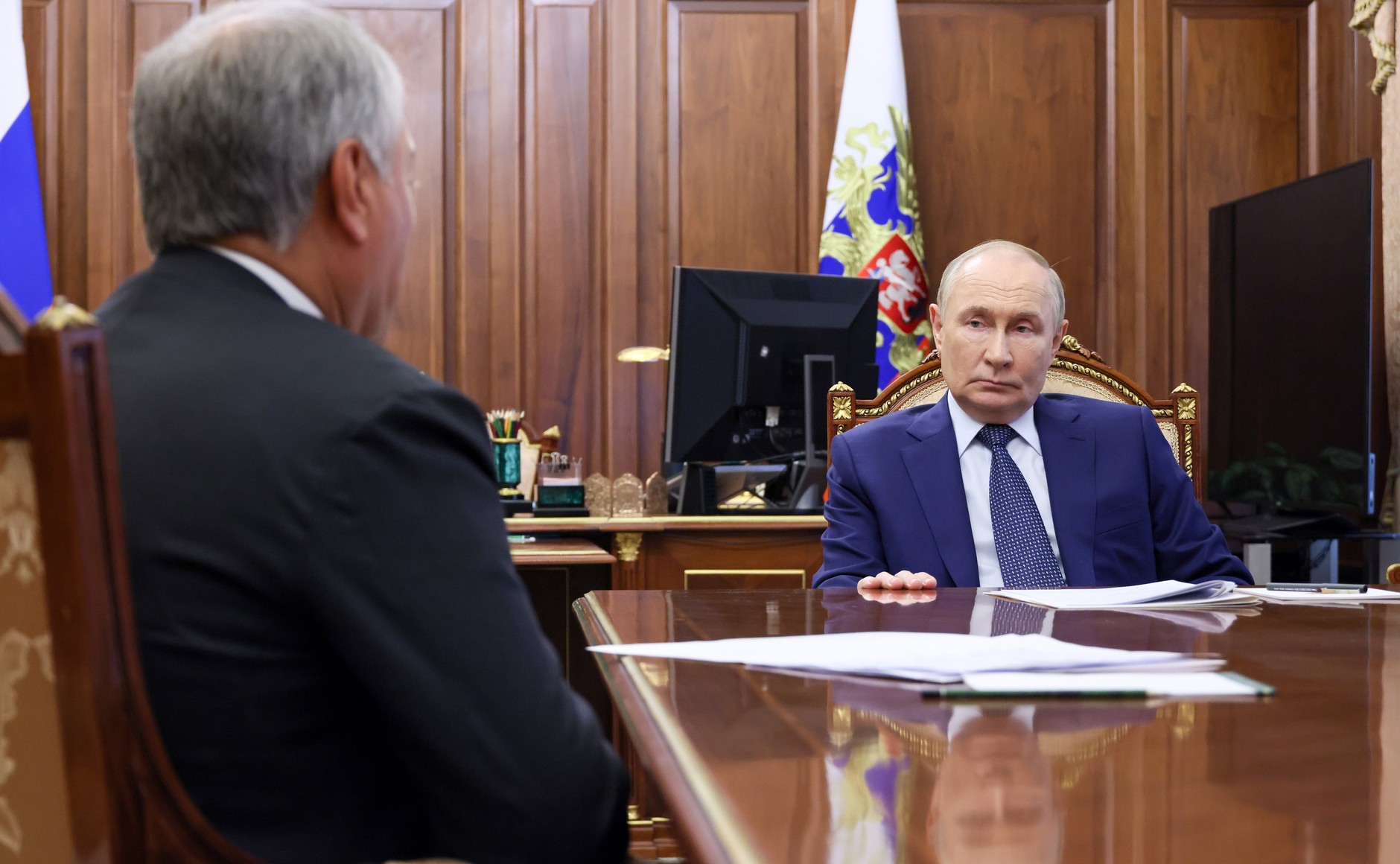
Non-Citizenship Issue in Baltic Countries Passing from the Scene
Non-Citizenship Issue in Baltic Countries Passing from the Scene
In the 1990s, the status of ethnic Russians who did not automatically become citizens in Estonia, Latvia and Lithuania was a lively topic—especially in Moscow, where policymakers hoped to use those communities as a pressure device or even a fifth column against these countries. With the passage of time, however, ethnic-Russian populations in the Baltics have declined due to deaths, departures or assimilation.
That progressive decline in the Baltic States’ ethnic-Russian populations has left the non-citizens who remain in a better position today. Feeling more confident, the Baltic governments have reduced the differences in rights between citizens and non-citizens; while all residents of these three countries today enjoy greater economic opportunities than they would in neighboring Russia. The citizenship question has, therefore, receded as an issue for these countries and for Moscow. And so, as one Russian commentator has declared, “the problem of ‘non-citizens’ in Latvia and Estonia is gradually ceasing to be a problem” as their numbers decrease and their status improves (Rosbalt, October 15).
The non-citizenship issue arose because when the three Baltic countries restored their de facto independence in 1991 (throughout the Cold War, the United States government never recognized the annexation of the Baltic States as constituent Soviet republics), they did not extend citizenship to everyone living on their territory at that time. In contrast, the other 12 Soviet republics did exactly that. The Baltics insisted that those who had arrived in these republics during Soviet times acquire citizenship rather than be given it automatically. Lithuania, which had the smallest number of such people, simply asked that those who had arrived during the Soviet era apply for citizenship. And most did.
But in Estonia and Latvia, where the number of ethnic Russians was far larger, the governments adopted tougher procedures for naturalization. Despite the fact that the legal basis for such procedures rested on the internationally recognized state continuity of these countries from before World War II, Moscow and many Russians viewed them as highly discriminatory.
One of the principles of international law is that an occupying power cannot change the ethnic mix of areas it occupies or insist that the occupied countries give citizenship to those the occupier had moved in. Yet because Moscow rejected the very idea that the Baltic countries had been occupied, it rejected this legal principle as well.
In the first decade after the Baltic countries recovered their independence, both local Russian communities and Moscow regularly protested against what they viewed as discrimination and demanded that citizenship be extended to all Soviet-era migrants (see Monitor, June 20, 2001). Some even argued for a special enhanced status to be created for them in the form of autonomy. But with the passage of time, such appeals and efforts have diminished as have the numbers of non-citizens—falling to only 5 percent in Estonia and only 10 percent in Latvia. In turn, the rights of non-citizens have dramatically expanded, with special passports that allow them to travel throughout the European Union and internationally. Moreover, their economic situation has improved considerably.
While some non-citizens still live in both Estonia and Latvia, according to Rosbalt commentator Vyacheslav Gordiyenko, today neither country is “afraid that the Russian-language minority can represent a threat to their national security.” His article suggests that there are an increasing number of people in Russia who have reached that conclusion as well, which has the potential to lower the risks of conflict on the citizenship issue even further (Rosbalt October 14).
Gordiyenko points out that in Latvia, where there are still more non-citizens than in Estonia (both numerically and proportionally), “non-citizens carry Latvian passports in which they are designated as foreigners but ensured of diplomatic defense by Latvia when they are abroad and have the right to live in the republic without requesting residence permits.” They cannot vote or serve in the Armed Forces, and they are not allowed to work as officials or bear arms. Otherwise, however, they have the same rights as Latvian citizens. In the mid-1990s, there were approximately 740,000 non-citizens in Latvia. Now, the number has fallen to 108,000. Some have died in the interval; 130,000 have declared themselves Russian citizens; but many, especially young people, have acquired full Latvian citizenship. These changes mean that of the 522,000 ethnic Russians living in the Republic of Latvia, only 26 percent are non-citizens. They are a declining problem for Riga but a problem nonetheless, Gordiyenko concedes, because their existence still sometimes prompts criticism from European institutions.
Meanwhile, in Estonia, the situation involving non-citizens is even less neuralgic than in Latvia. The number of non-citizens in Estonia has declined from 300,000, 25 years ago, to only 68,992—or 5.2 percent of the population—today. It is true that since 1991, more non-citizens in Estonia have taken Russian passports than Estonian ones. Yet because Tallinn provides funding for Estonian-language training, knowledge of the national language is a key element of the naturalization process; and due to the advantages that come with being a citizen of an EU country, large numbers of formerly non-citizens are today citizens of the Republic of Estonia (see EDM, February 21, 2017; Rosbalt October 14, 2021).
Gordiyenko says that the issue of non-citizenship in these two Baltic States remains closely intertwined with the status of the Russian language. Latvia, as of fall 2021, no longer has any public schools where Russian is the language of instruction. In Estonia, the position of Russian-language schooling is somewhat better, but the future is likely to see a continued stress on the national language. Still, the issue of language is not as sensitive as it once was. Despite complaints from ethnic-Russian activists in both countries, Moscow seldom picks a fight on the issue even though it complains about the declining status of Russian elsewhere (Rosbalt October 14).
All this means that the question of non-citizenship in the Baltic countries—an issue that was featured in all discussions of life in Estonia and Latvia in the 1990s and even into this century—is closing. Absent some tectonic shift, it is likely to disappear entirely in the coming decade.


